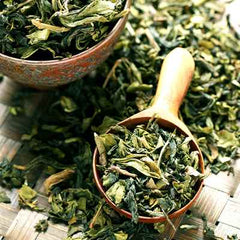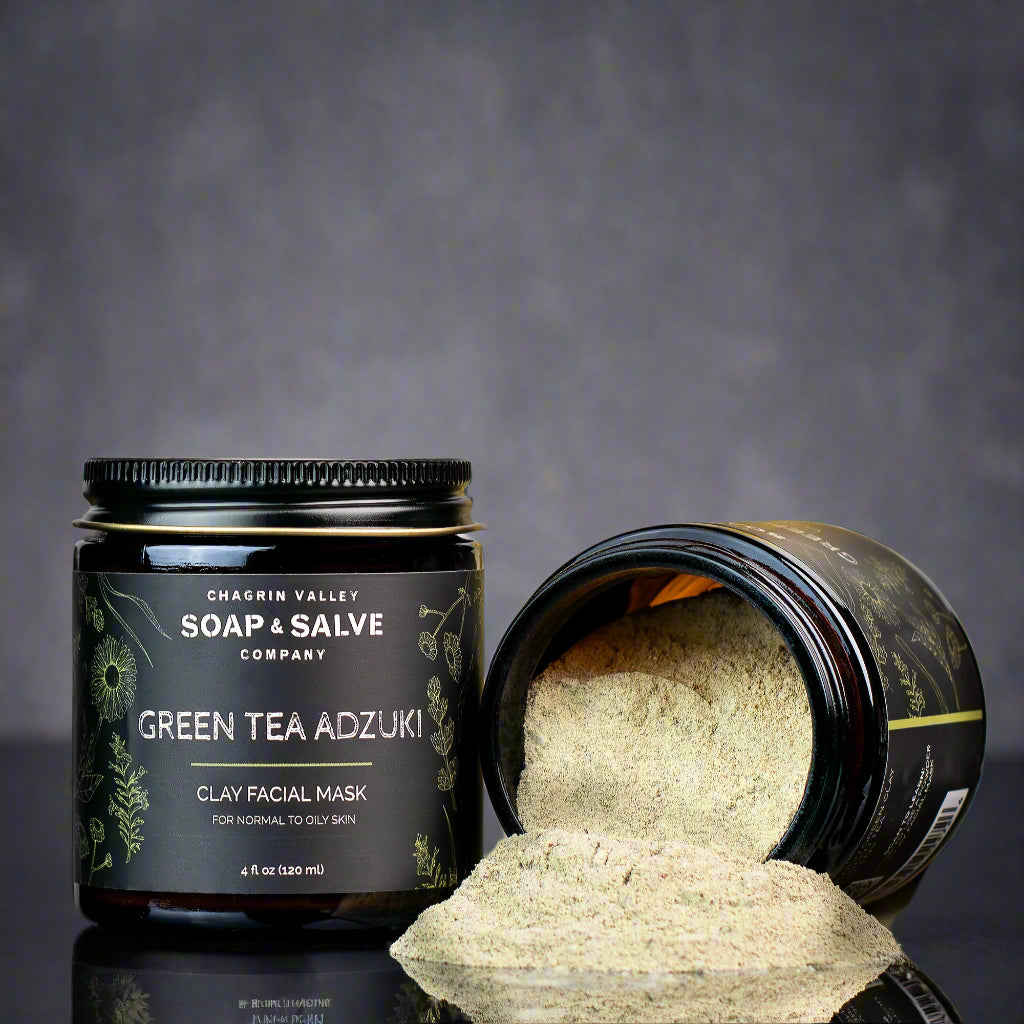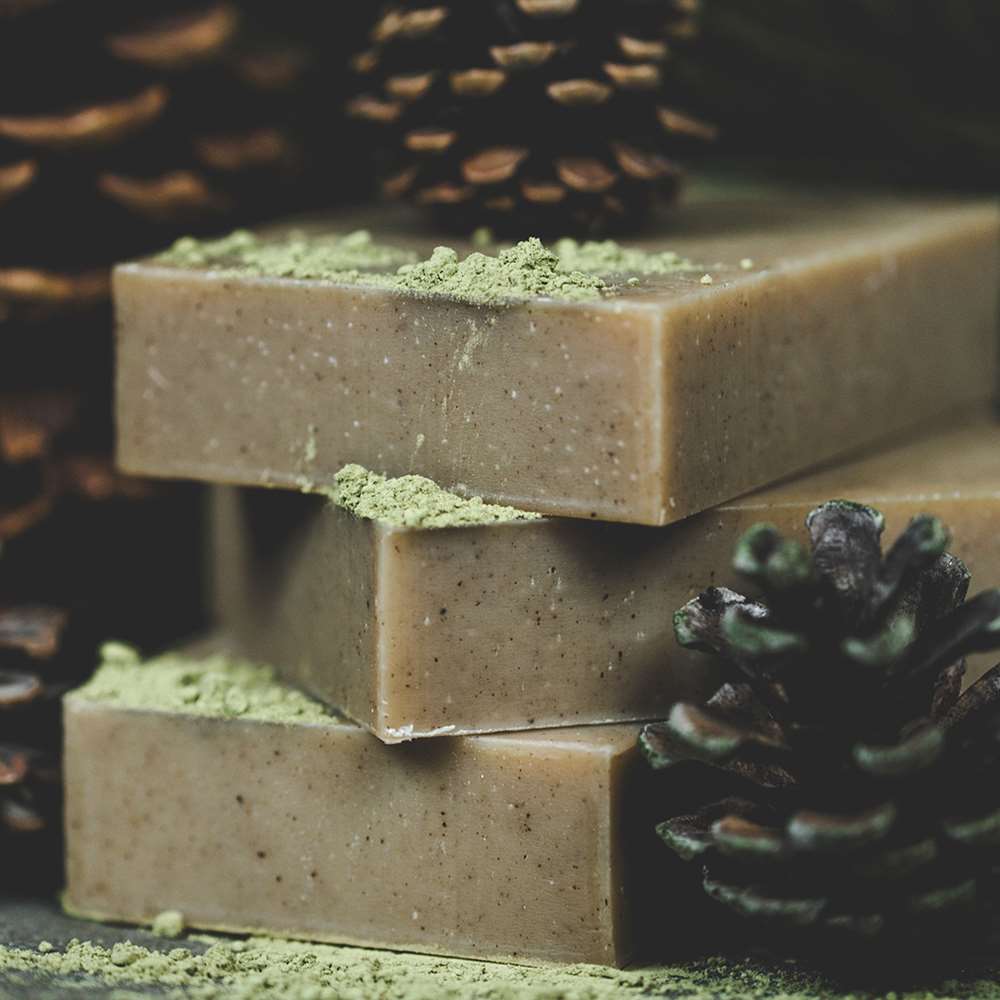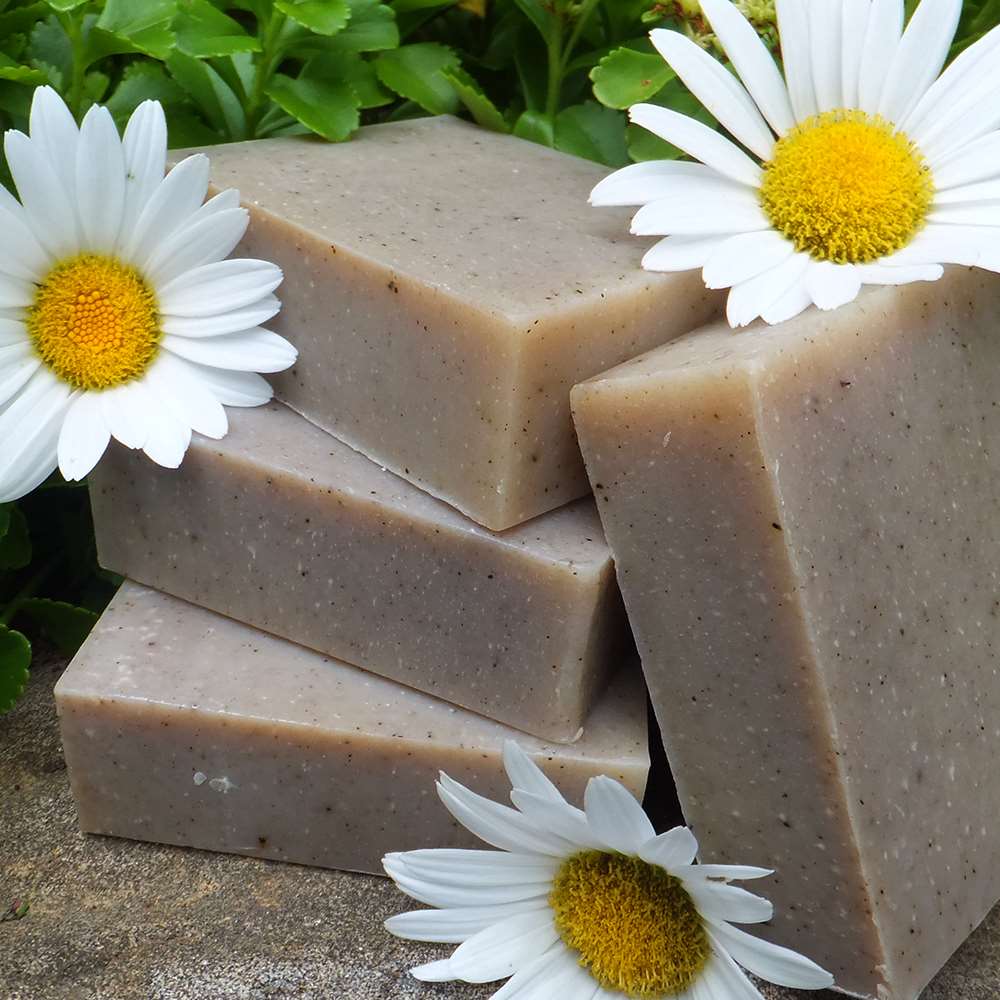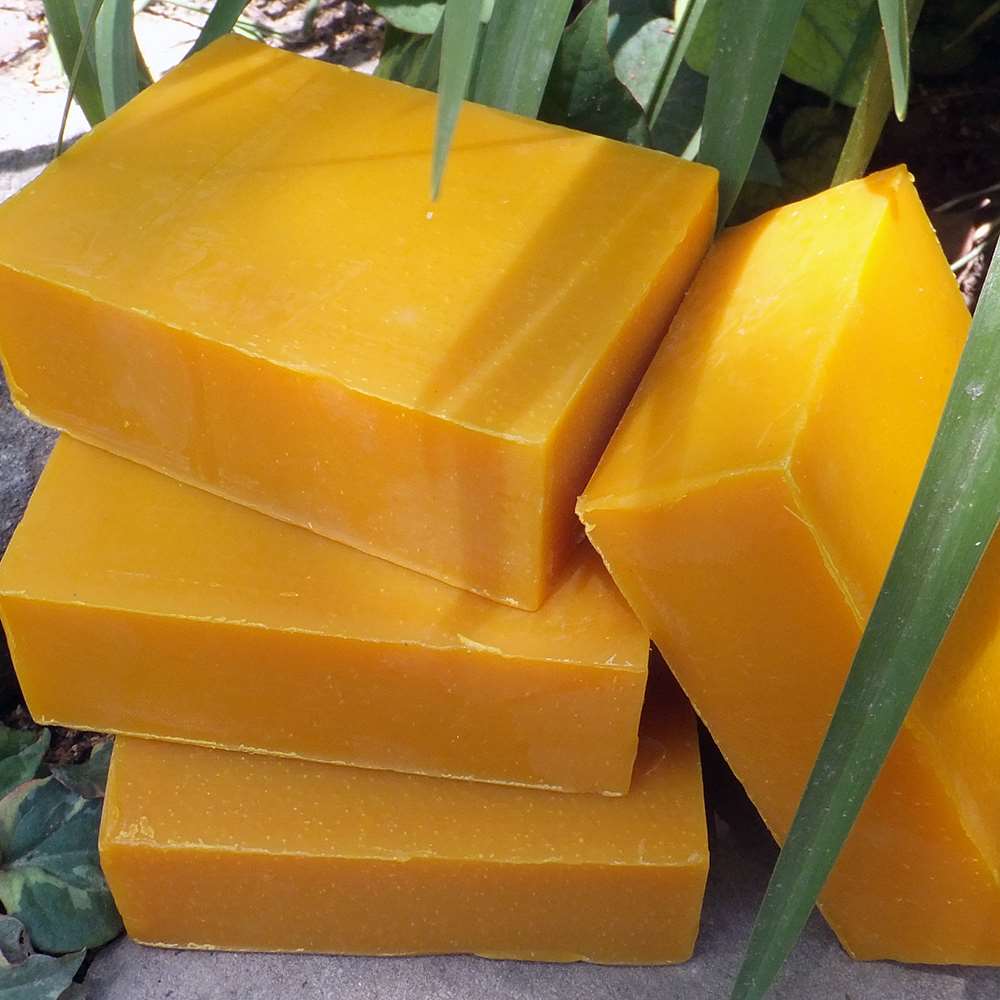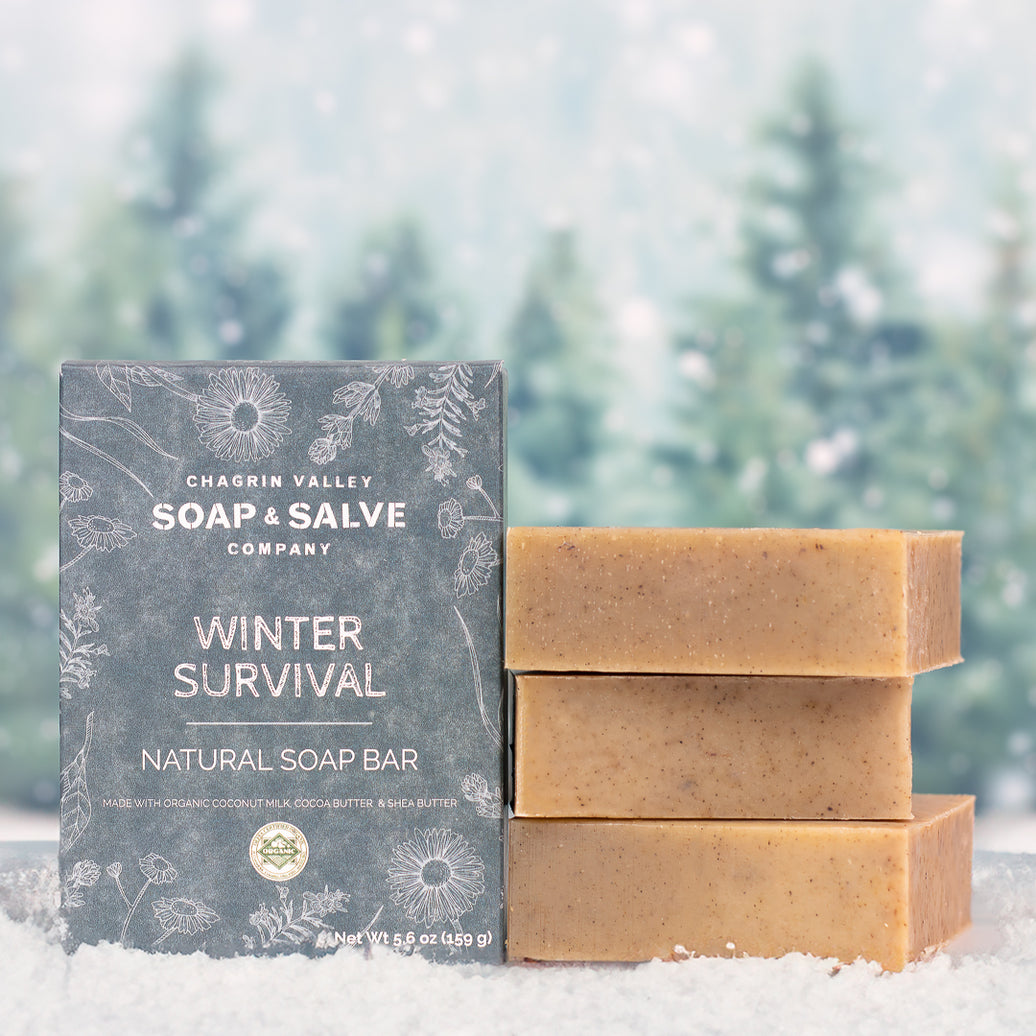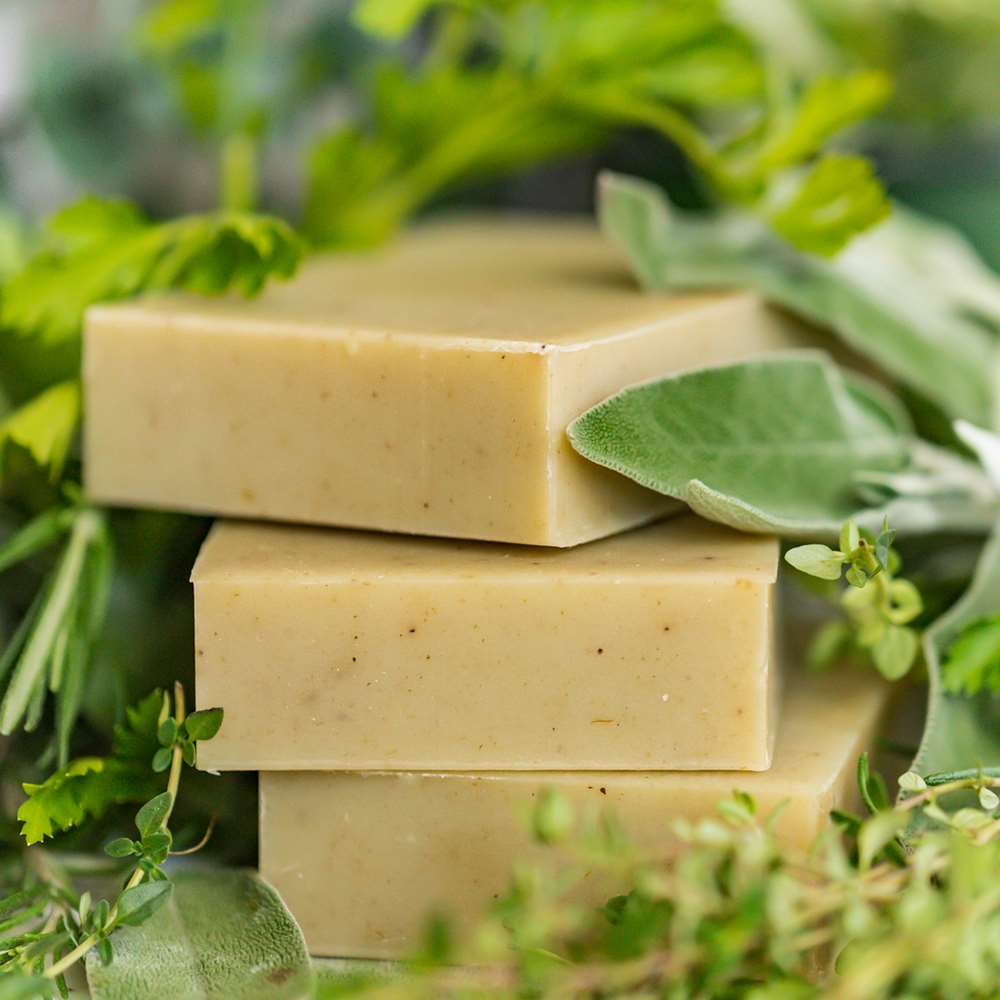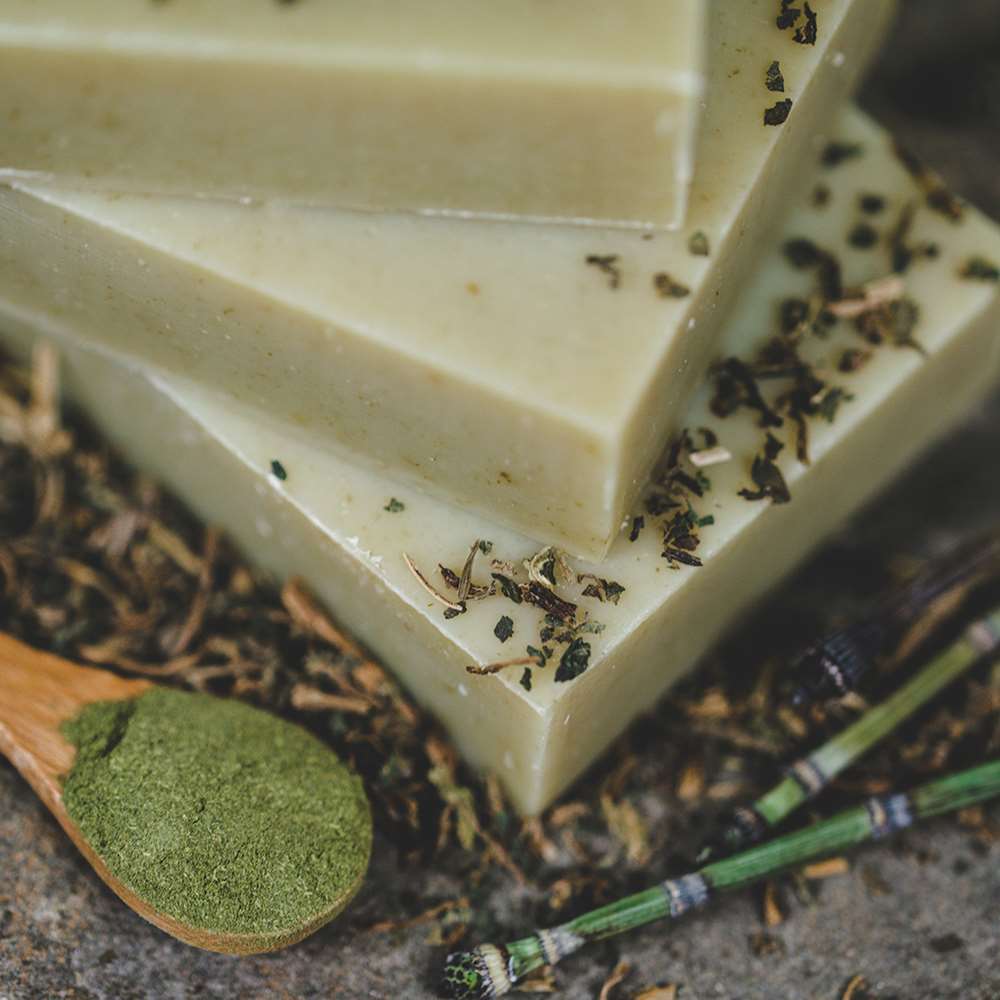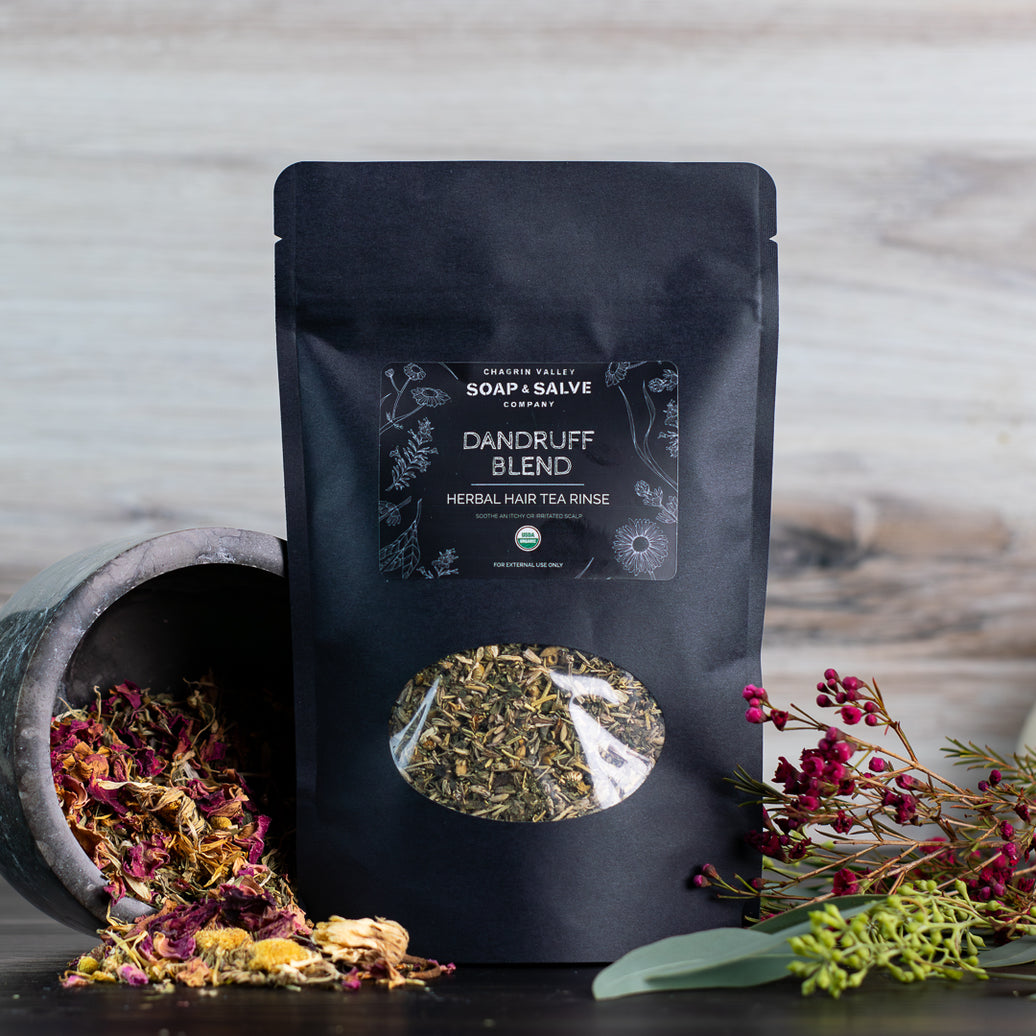Green Tea, Camellia sinensis: There are three types of tea leaves from the Camellia sinensis: green, oolong and black.
Green tea is steamed, baked, or pan-heated to prevent oxidation and thus, the leaves remain green. Oolong tea is partially fermented. Oxidation is cut short so the leaves are black only on the edges. Black tea is fully fermented, producing black leaves.
While drinking Green Tea is known for its incredible health benefits, did you know that those same benefits can be reaped by your skin when applied topically?
The antioxidants found in Green Tea, especially epigallocatechin gallate or EGCG, can eliminate free radicals, rejuvenate dying skin cells and even reproduce skin cells, all factors that can help fight the aging process.
Green tea also contains moderate amounts of caffeine, which can help brighten skin, to promote a glowing complexion. Tea tannins and caffeine both work to shrink blood vessels, which can reduce the appearance of puffy eyes and dark circles. A natural astringent, Green Tea also mops up excess oil, dirt, and grime from open pores and then tightens them to prevent pollutants from entering. One popular folk remedy says to place damp teabags on your eyelids to reduce swelling, puffiness, and dark circles.
We add Green Tea leaves to soap as a gentle exfoliant to give your skin a healthy glow.
It is excellent for both skin and hair care. Tea is a mild astringent and has been used for centuries to cleanse, tone, and purify the skin and scalp.
In hair care, we know that dandruff causes an itchy, irritated scalp which can lead to excess shedding. Green tea is rich in polyphenols, which are micronutrients found in plant-based foods that have antioxidant and anti-inflammatory properties. These polyphenols along with caffeine help ease inflammation and irritated scalp problems and stimulate blood flow to the follicles to help with healthy hair growth. Green tea is a powerhouse of nutrients and helps promote a healthy, clean scalp.
